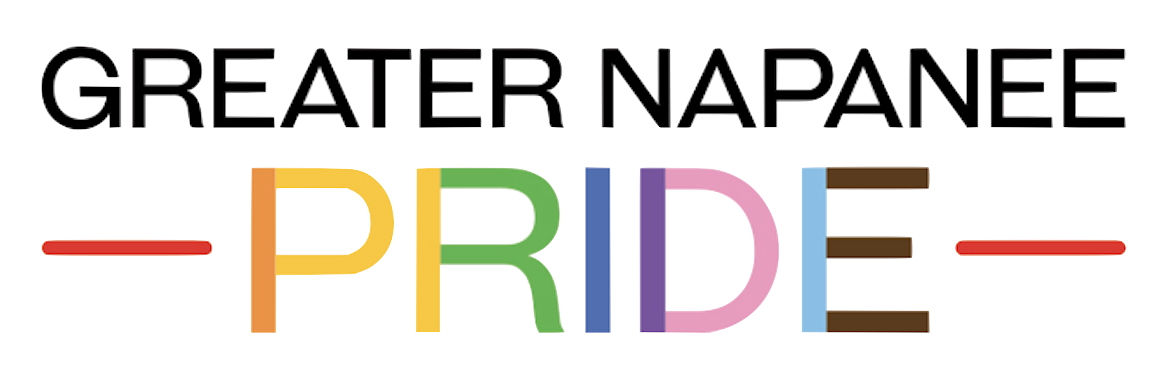Understanding Ontario's 2SLGBTQIA+ Inclusive Curriculum
In Ontario, a storm of debates rages on over the inclusion of 2SLGBTQIA+ content in our school curriculum. At the heart of this are voices insinuating our children are being exposed prematurely to 'sexual material.' But a closer look shows the real narrative is that these voices only recognize heterosexual relationships as 'normal' and all else as 'too sexual.'
The Ontario Human Rights Code is clear: every child, irrespective of their identity or orientation, deserves an education that reflects the vibrant tapestry of our society. When we look at the curriculum, we find it's not a roadmap to indoctrination but a carefully charted course of age-appropriate, scientifically-backed, and universally relevant content. This content fosters an environment where a child learns about their own body, respects others, understands changes, and, most importantly, celebrates differences.
For instance, in Grades 1 & 2 they focus on body positivity, hygiene, and understanding basic biological functions, including names of body parts.
In Grade 3: Here, there's a shift towards interpersonal relationships, emphasizing mutual respect, understanding differences, and the concept of consent in everyday interactions.
In Grades 4 & 5: The introduction to puberty provides information about the physical and emotional changes students will start experiencing or have questions about. This is also where orientation is introduced, emphasizing self-understanding and acceptance.
in Grade 6: Media literacy around sexual content, continued exploration of adolescent changes, and understanding stereotypes.
Grade 7 there are more detailed sexual health topics are introduced, emphasizing the importance of informed decisions, consent, communication, and understanding relationship changes.
And finally, Grade 8: The curriculum rounds out with a deeper dive into sexual health, understanding various aspects of identity, and providing resources for further support.
This structure is crafted to align with students' cognitive and emotional growth, ensuring they're equipped to understand themselves and the diverse community around them.
This structure isn't just academic—it's deeply personal. These lessons don't only provide knowledge; they give countless students representation - and the protests don't just challenge curriculum content but also target the representation of queer identities.
Representation is vital. For 2SLGBTQIA+ students, seeing themselves in books, movies, and even their educators reinforces the notion that they, too, have a place in society. Representation is not an exercise in overt sexuality but rather an acknowledgment of the vast spectrum of human experiences.
But for every child who finds hope in the school system, another is terrified that their identity might inadvertently be revealed to an unaccepting family. They know it could lead to dire consequences, ranging from emotional and psychological trauma to physical harm or even being forced out of their homes.
Between 25-40% of homeless youth in Canada identify as 2SLGBTQIA+, even though they make up only an estimated 5-10% of the general population. What is the primary reason for their homelessness? Familial rejection due to their orientation or gender identity.
"Overall, sexual minority youth were 3.5 times as likely to attempt suicide as heterosexual peers. Transgender adolescents were 5.87 times more likely, gay and lesbian adolescents were 3.71 times more likely and bisexual youth were 3.69 times more likely than heterosexual peers to attempt suicide." Global News.
This isn't the first time educational systems have been challenged in Canada on the basis of 'rights.' The 1980s in Saskatchewan witnessed the 'revival movement,' which sought to strip children of their rights, leading to the proliferation of abusive private schools. These movements have long-lasting impacts on communities, particularly those that are already marginalized.
Saskatchewan is in the headlines again, with Premier Scott Moe insisting that his government's new school pronoun policy, one that bars teachers from using the preferred pronouns and genders of students under 16 without their parent's consent, was based on extensive consultations — a claim that has been challenged in court. Moe's response? To pledge to invoke the notwithstanding clause, thereby overriding the court's decision.
The Constitution Act of 1982, which enshrines the Charter of Rights and Freedoms, guarantees fundamental rights and freedoms to every Canadian. In further support of youth welfare, Canada ratified the United Nations Convention on the Rights of the Child (CRC) in 1991. This convention mandates nations to prioritize the best interests of children in all related decisions and actions. Yet, it's these foundational rights that Saskatchewan is currently seeking to undermine by invoking the notwithstanding clause to mandate the 'outing' of trans students.
While parents ideally should play a role in their child's education, it is essential to recognize that sometimes what parents believe may conflict with a child's safety or well-being. This isn't just about lessons in a classroom; it's about upholding the ethos of education in Canada — ensuring every child feels seen, respected, and safe. In the midst of political and legal battles, it's crucial to keep the best interests of students at the forefront. They aren't just learners; they're the future leaders, thinkers, and dreamers of our nation.
